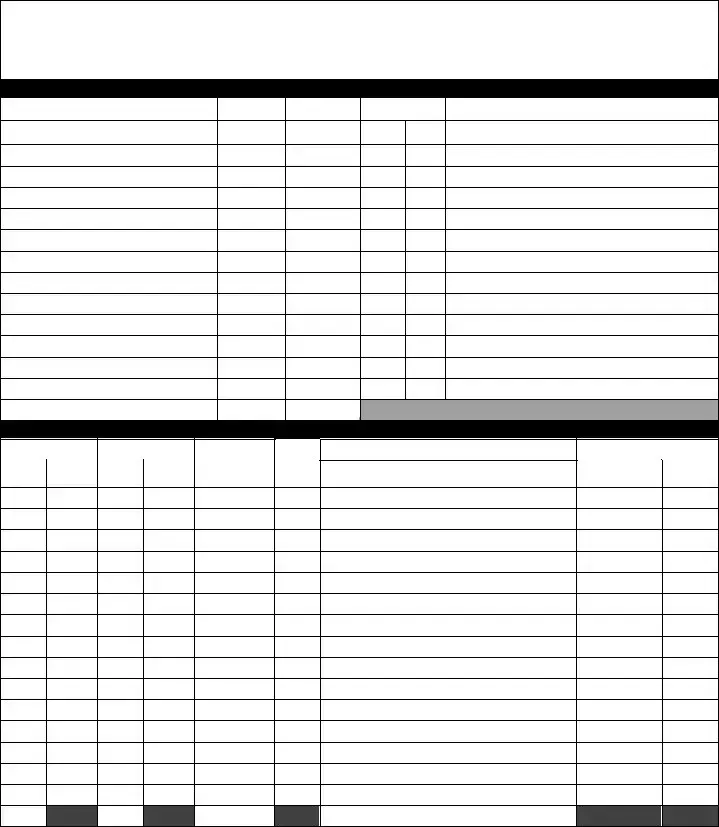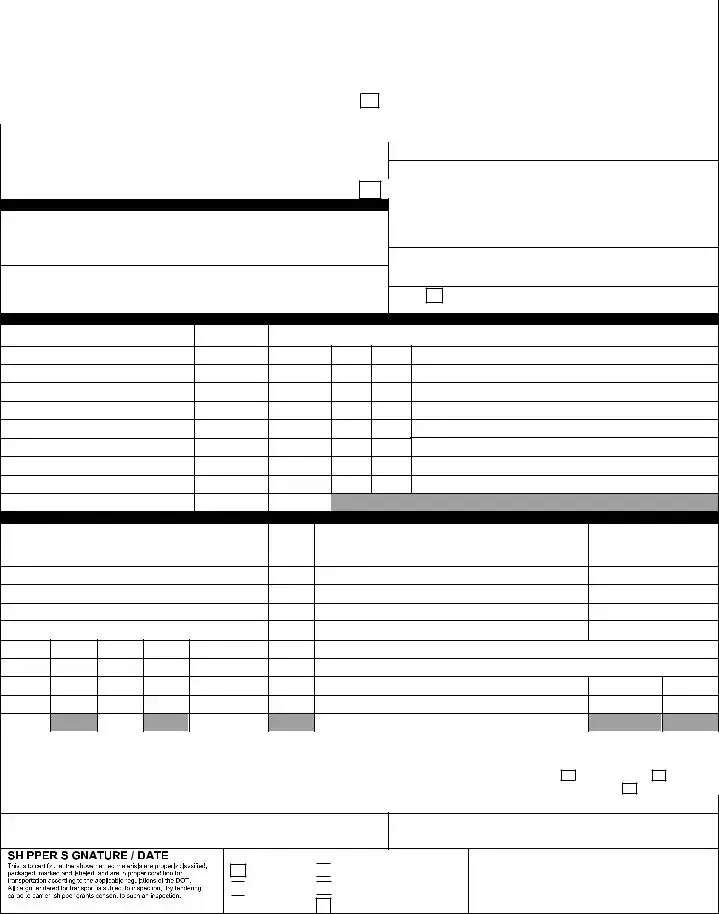Filling out a Bill of Lading with a Supplement form can seem straightforward, but many individuals encounter pitfalls that can lead to complications. One common mistake is neglecting to provide complete information about the shipment. When details such as the description of goods, weight, and dimensions are omitted or inaccurately reported, it can create issues down the line. Ensuring that all fields are filled out accurately is essential for smooth transportation.
Another frequent error involves incorrect or incomplete addresses. The shipper's and consignee's addresses must be precise. If an address is misspelled or lacks necessary details, it can delay delivery. Double-checking addresses can save time and prevent confusion during the shipping process.
Some individuals fail to understand the importance of signatures. A Bill of Lading serves as a contract between the shipper and carrier. Without the appropriate signatures, the document may not hold legal weight. It is crucial to ensure that all required parties sign the document before it is submitted.
Additionally, people often overlook the importance of understanding the terms and conditions outlined in the Bill of Lading. Many assume they are standard and do not require attention. However, these terms can significantly impact liability and claims in case of damage or loss. Reading and comprehending these terms can lead to more informed decisions.
Another mistake involves misclassifying the type of cargo. Each type of cargo has specific requirements and regulations. Misclassification can lead to penalties or issues with insurance claims. It is advisable to consult with experts if there is any uncertainty regarding cargo classification.
Some individuals may also fail to document any special handling instructions. If a shipment requires specific care, such as temperature control or fragile handling, this must be clearly indicated on the Bill of Lading. Not doing so can result in damage to the goods and disputes over liability.
Inaccurate freight charges are another area where mistakes often occur. Individuals might miscalculate costs or fail to include all applicable fees. This can lead to unexpected charges for both the shipper and the consignee. Taking the time to verify freight charges can prevent misunderstandings later on.
People sometimes forget to keep copies of the Bill of Lading with a Supplement form. Retaining a copy is vital for tracking shipments and resolving disputes. Without a record, it becomes challenging to reference the original terms agreed upon.
Lastly, a lack of communication between all parties involved can lead to confusion. Ensuring that everyone—shippers, carriers, and consignees—understands the details of the Bill of Lading can facilitate a smoother shipping process. Regular updates and clear communication can help avoid many of the issues that arise from misunderstandings.


 to certify that the above named materials are properly classified, packaged, marked and labeled, and are in
to certify that the above named materials are properly classified, packaged, marked and labeled, and are in proper condition for transportation according to the applicable regulations of the DOT.
proper condition for transportation according to the applicable regulations of the DOT.
 By Shipper
By Shipper
 By Driver
By Driver 
 By Driver/pallets said to contain
By Driver/pallets said to contain